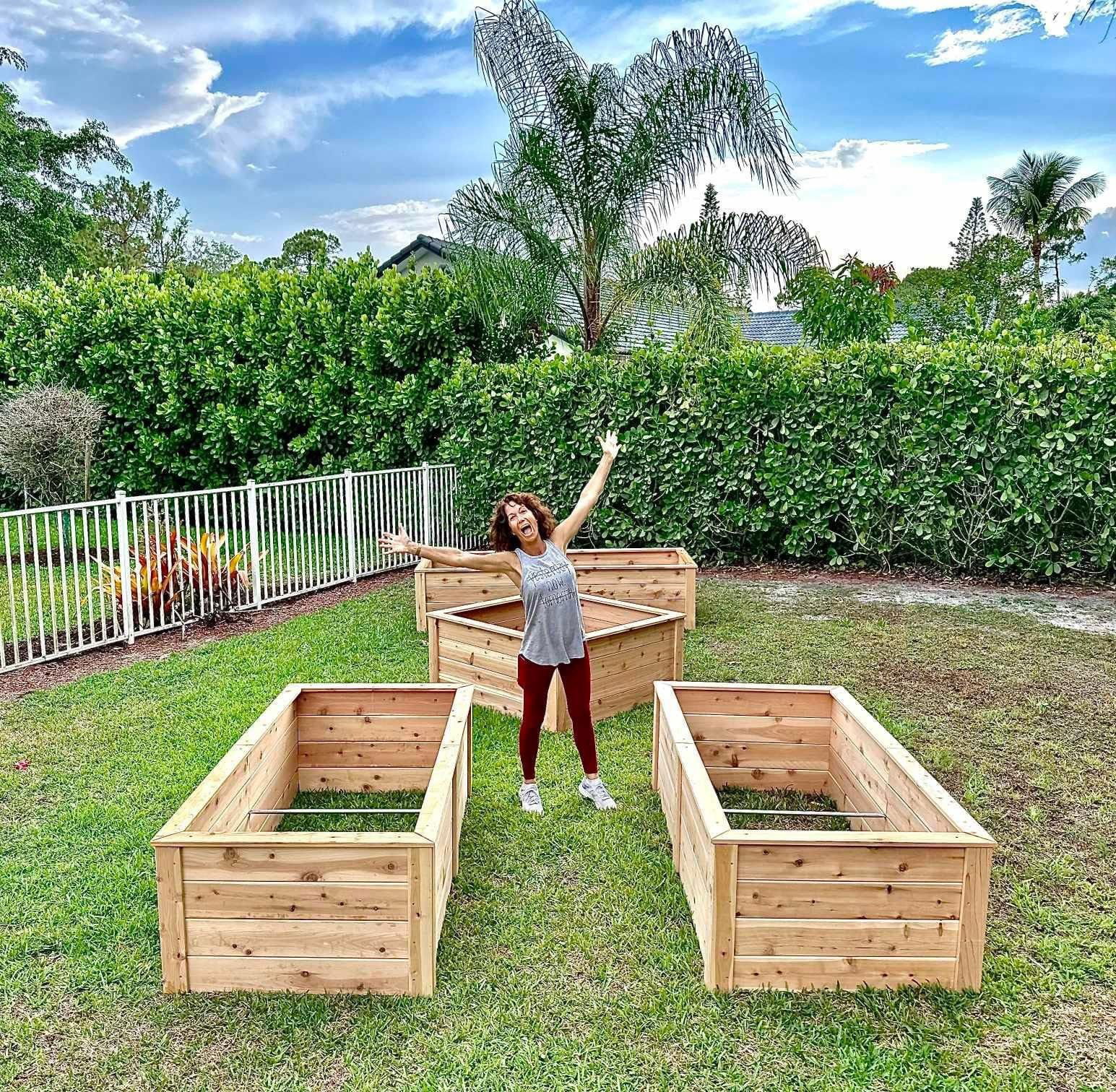Are My Edible Raised Bed Gardens True Food Forests?
Being an edible raised bed garden designer and consultant for over a decade, I've developed a deep connection with the spaces I create. To me, they're more than just gardens; they're thriving ecosystems of sustenance, which I affectionately refer to as "food forests." But, is this label truly fitting for my creations?
In my twelve years of experience, I've come to see my gardens as miniature replicas of natural forests, brimming with diversity and abundance. While some may argue that traditional food forests are vast and sprawling, I believe that it's not the size but the essence that truly defines them.
At the heart of both food forests and my gardens lies the principle of abundance. I meticulously curate each bed to maximize yield and diversity, ensuring that every inch is utilized to its fullest potential. Like a natural ecosystem, my gardens are teeming with life, with plants complementing and supporting each other's growth in harmony.
Stacking functions is another key aspect that I've embraced wholeheartedly. Every plant I select serves multiple purposes, from providing food to attracting beneficial insects and improving soil health. By mimicking nature's design, I've created self-sustaining ecosystems within the confines of raised beds.
Sustainability and resilience are also paramount in my design philosophy. I incorporate permaculture principles such as mulching and companion planting to minimize inputs and maximize outputs. This not only makes my gardens more environmentally friendly but also ensures they can weather any storm, both literally and figuratively.
While some may argue that my gardens don't fit the traditional mold of food forests due to their size and structure, I beg to differ. To me, a food forest is defined by its holistic approach to food production, its emphasis on biodiversity, and its commitment to sustainability – all of which are embodied in my gardens.
In conclusion, whether we call them food forests or not, the spirit of my edible raised bed gardens remains unchanged. They are vibrant, productive spaces that nourish both body and soul, reflecting my unwavering dedication to creating sustainable food systems for the future.
